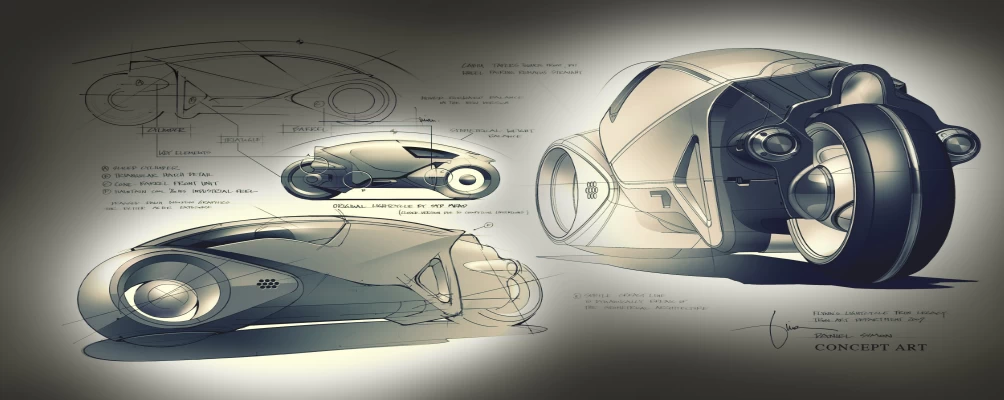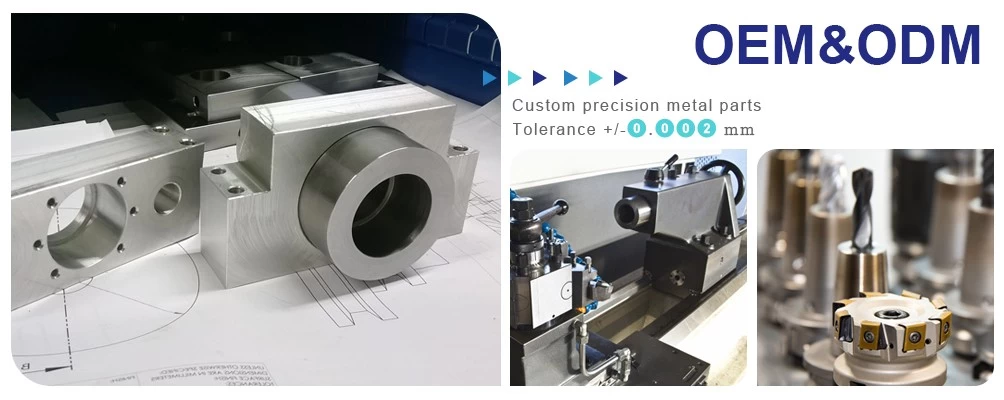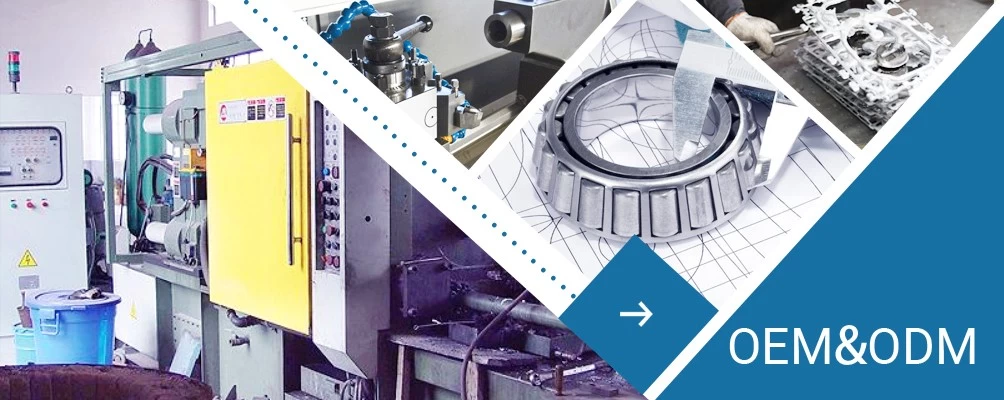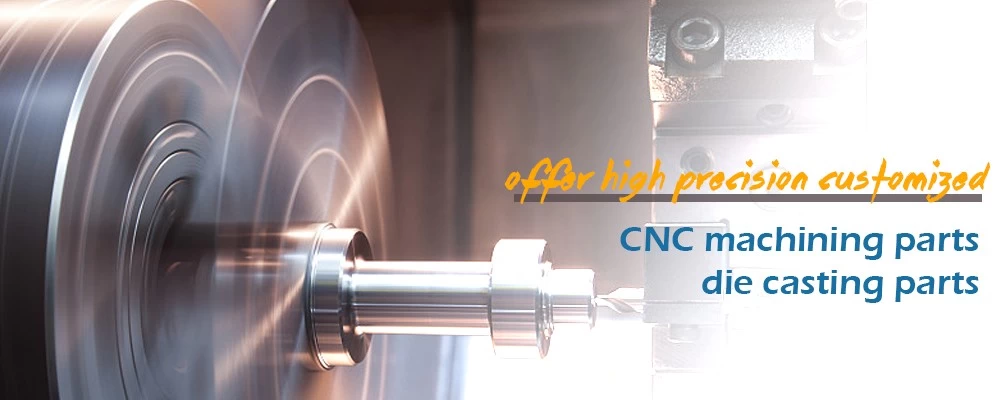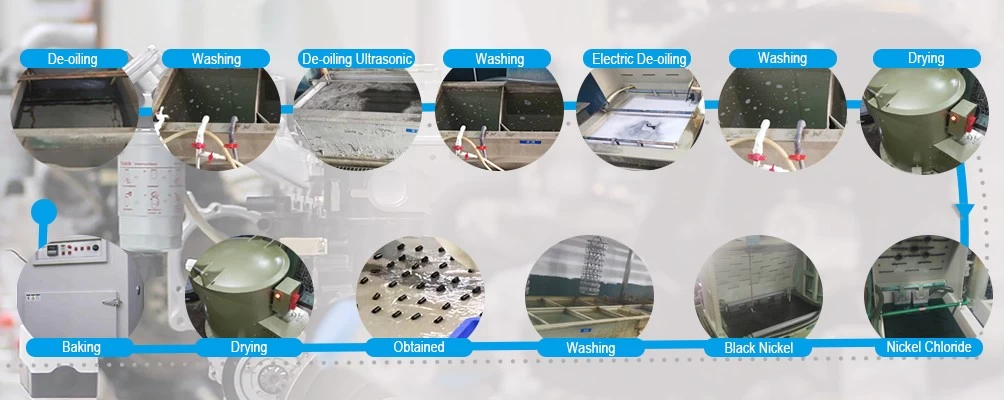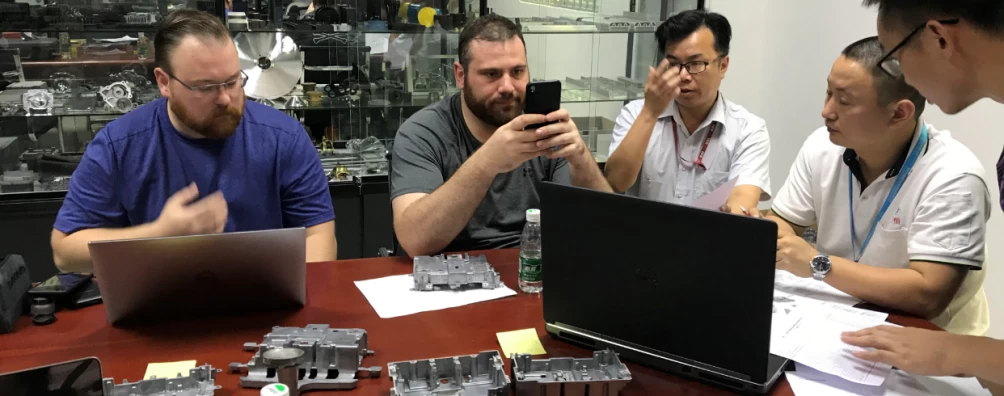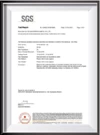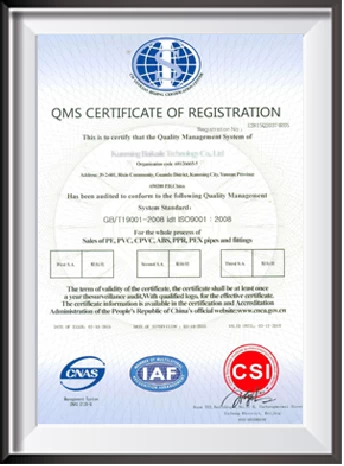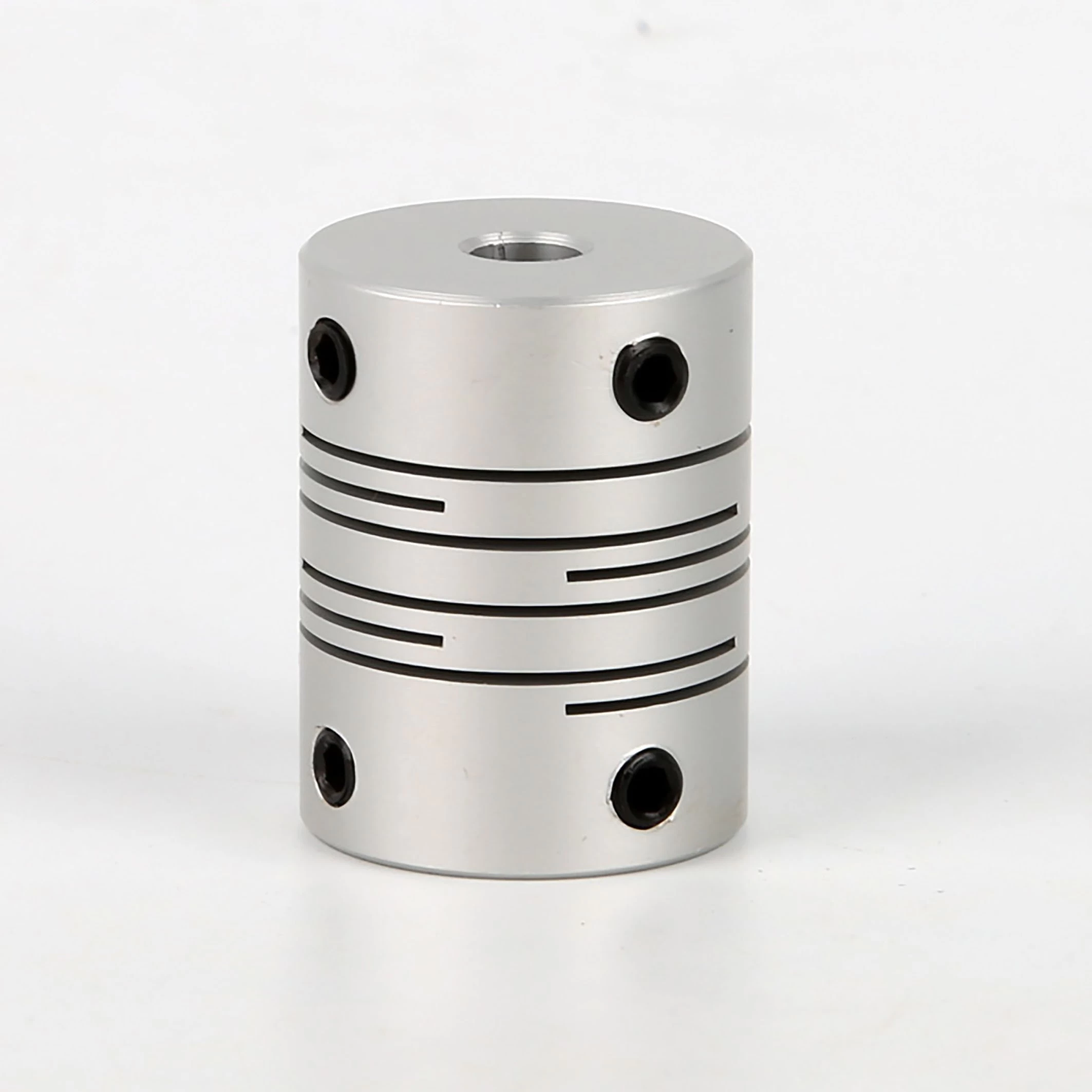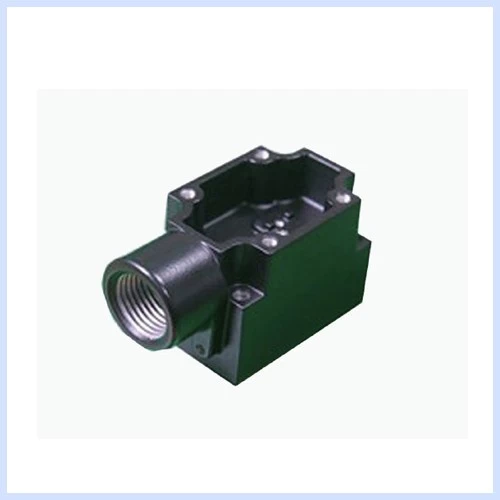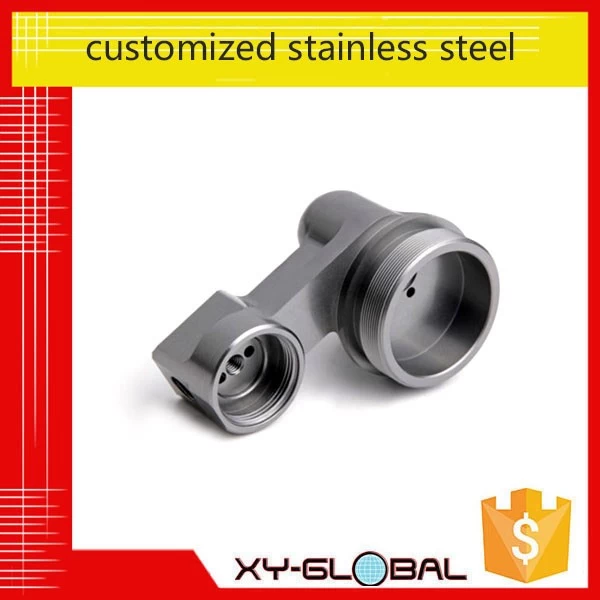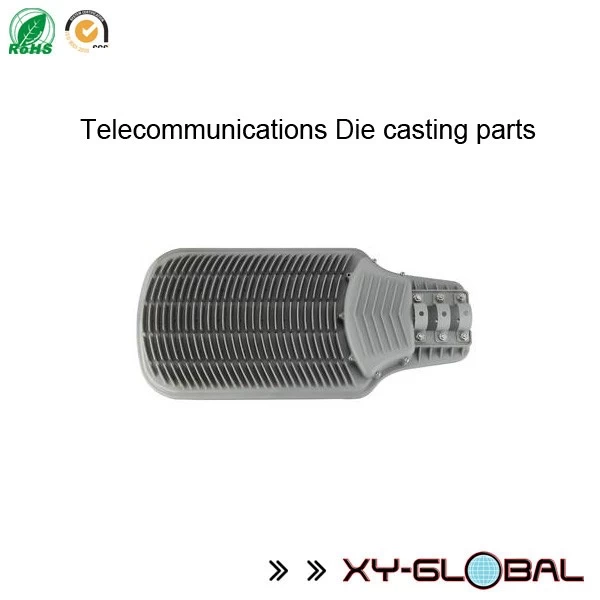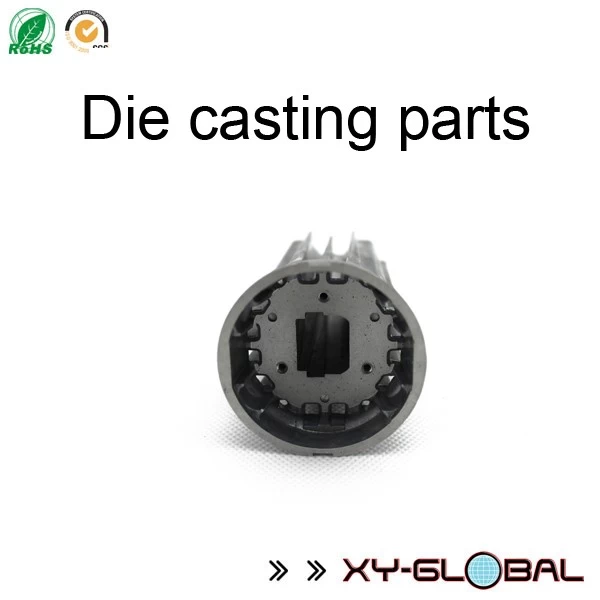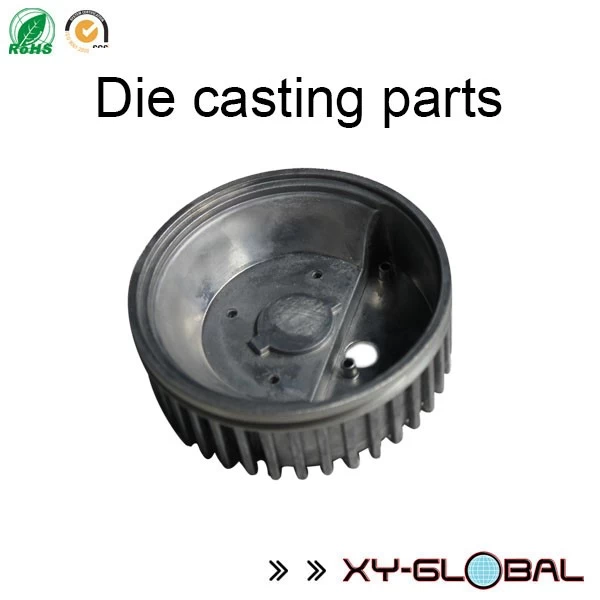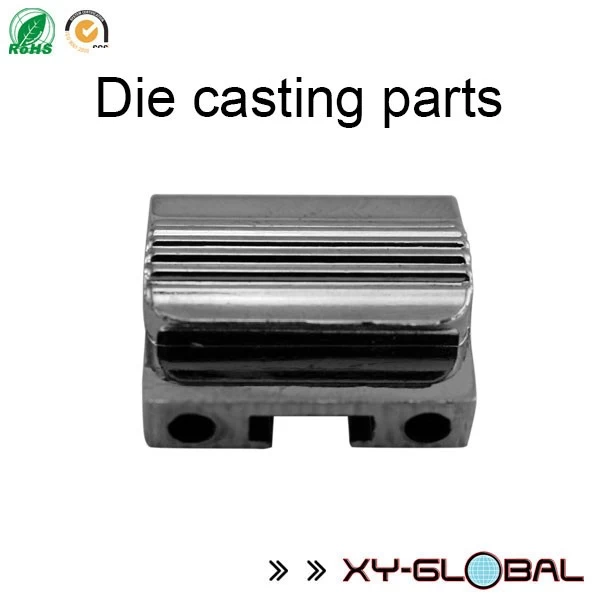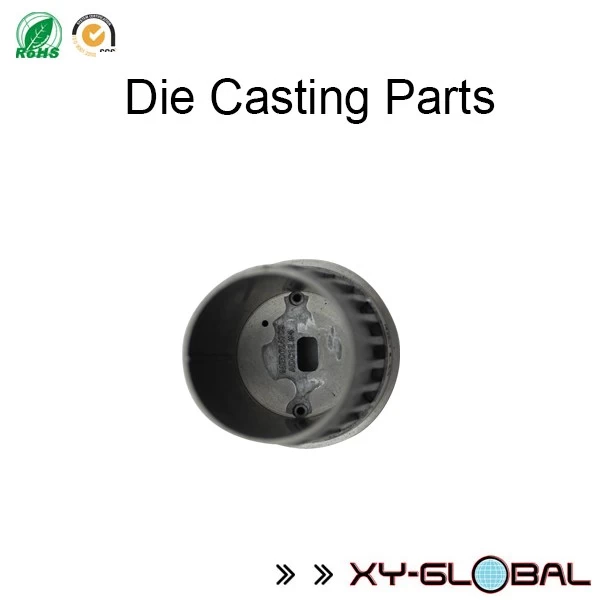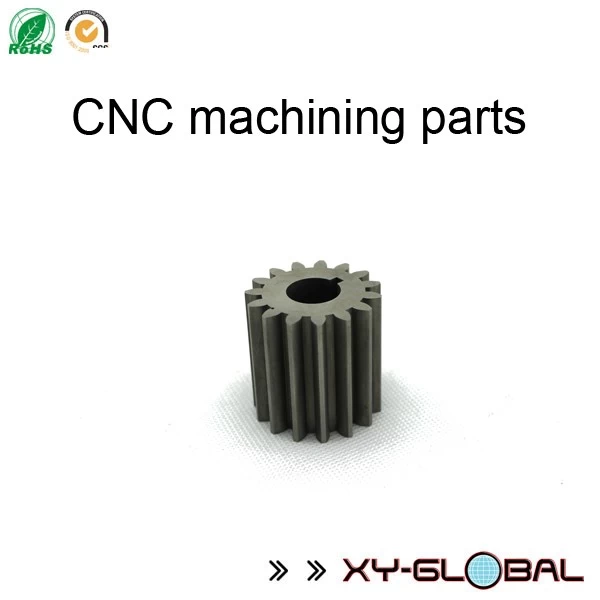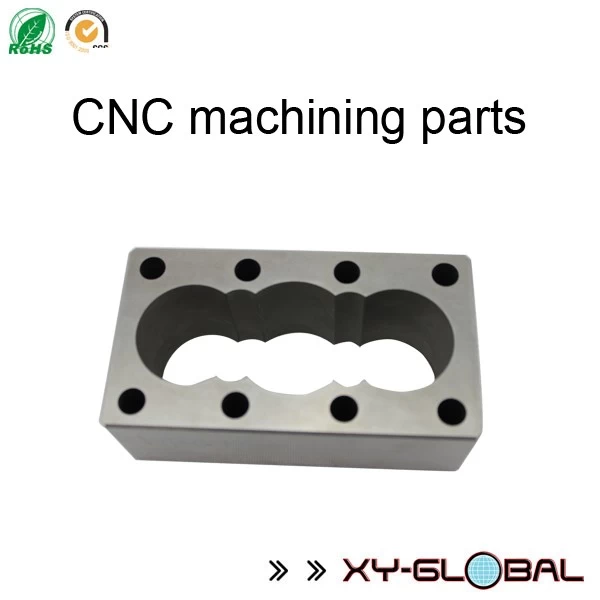The definition of Electroless nickel plating
Coolidge
www.diecastingpartsupplier.com
2018-09-12 14:46:37
Electroless nickel plating (EN) is an auto-catalytic reaction that deposits an even layer of nickel-phosphorus or nickel-boron alloy on the surface of a solid material, or substrate, like metal or plastic. The process involves dipping the substrate in a bath of plating solution, where a reducing agent, like hydrated sodium hypophosphite (NaPO2H2 · H2O), reacts with the material's ions to deposit the nickel alloy. The metallurgical properties of the alloy depend on the percentage of phosphorus, which can range from 2–5% (low phosphorus) to 11–14% (high phosphorus). Unlike electroplating, it is not necessary to pass an electric current through the plating solution to form a deposit. EN plating prevents corrosion and wear, and can be used to manufacture composite coatings by suspending powder in the bath.[1] Compared to electroplating, EN plating does not require a power supply and has no flux-density issues.[clarification needed] It creates an even layer regardless of the geometry of the surface. Depending on the catalyst, EN plating can be applied to non-conductive surfaces.

